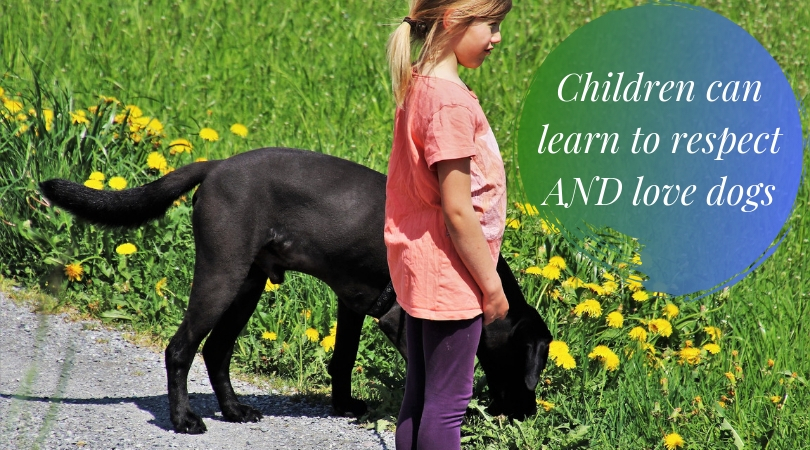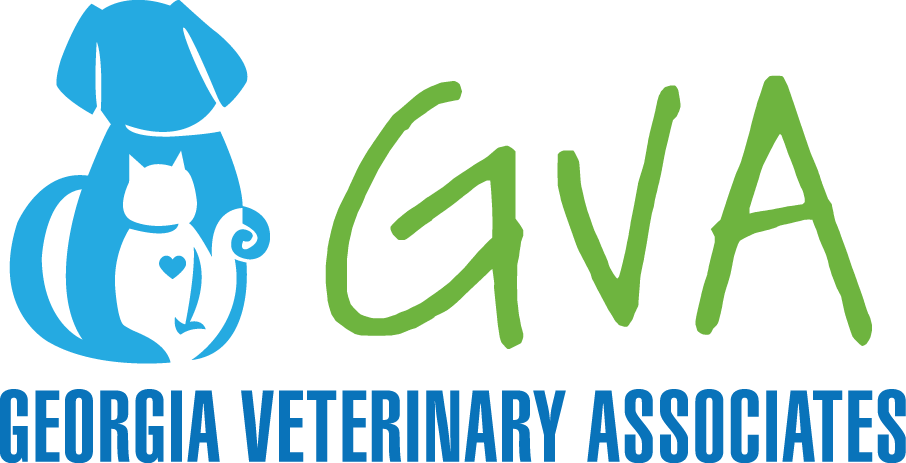Many of us know of someone who has been bitten by a neighborhood dog. Often, those involved will say that nobody saw it coming. The dog had seemed friendly in prior circumstances, and the bite victim might have even had great interactions with the dog before. Yet this dog still turned and bit...hard.
Why do Dogs Bite and How Can We Best Stay Safe?
First, any dog can and might bite when "triggered." This means some event or something in a person's body language, voice, eye contact, or other demeanor elicits a need on the part of the dog to protect itself or something he values. This can be his space, his food, a family member, or his own safety.
People don't always need to be afraid of dogs. You don’t need to have constant fear that they will hurt you. Dogs have been bred for years to love people, enjoy our company, seek our approval, serve our needs, and give us unconditional love and companionship. Yet there are a few things to keep in mind to stay safe around dogs
Dogs Who Aren't Part of Our Own Family
A few rules to follow are:
- Check with the dog's owner to see if it is okay to approach and pet their dog. Some dogs are shy of new people. Let the owner "introduce" you to their pet.
- Watch the dog's body language. A dog happy to greet you will wag his tail in a relaxed manner - not a stiff rigid tail wag. Dogs who are calm or pleased to meet new people will often
 relax their mouths and may even pant. They may look at your face, but won't hold direct eye contact for more than a second or two. They may flop down or roll on their back as a sign they offer you no threat. Many jump up toward your face as they want to sniff or greet your face (this behavior should generally be discouraged, but to the dog, it is usually meant as a friendly curiosity).
relax their mouths and may even pant. They may look at your face, but won't hold direct eye contact for more than a second or two. They may flop down or roll on their back as a sign they offer you no threat. Many jump up toward your face as they want to sniff or greet your face (this behavior should generally be discouraged, but to the dog, it is usually meant as a friendly curiosity). - There are mixed recommendations on how to offer your hand to be sniffed. One good method can be to offer your hand about 2/3 of the distance between yourself and the dog. Your palm may be up or down, but your fingers should be curled in. Let the dog approach the rest of the way on his own. If he shies away, hold your hand out a few more seconds, then pull back. This dog isn't ready to make your acquaintance today.
- Some dogs resent petting on top of their head or over their back. A quick scratch at the base of the ear or side of the neck may be more welcome to the dog.
- Many dogs not used to children don't know how to correctly interpret children's behavior. They find children worrisome or uncomfortable to be around. The higher pitch of children's voices, quick sometimes erratic movements, direct eye stares, and lack of inhibition about approaching a dog send mixed messages to the dog's brain. Children might also run around and flail their arms - thus presenting themselves as "prey" or something to catch and pull down. Encourage small children to sit quietly and let a dog approach them in his own time.
- If a dog launches an attack at a person, running can escalate the attack. Try to find something to use as a barrier, like a stick or board. Stay as still as possible. Use arms to shield the face and neck. As a last resort, crouch in a ball on the ground shielding face, neck, and stomach. Often-used advice for children is, “Be a rock.” Call for help.
Safety With Your Own Dog
Dogs are part of our family. Like children, they do best when there are "known" rules that are enforced consistently. A few good manner rules that also increase your dog's trustworthiness are:
- No jumping on people. Teaching the command "off" (as opposed to "down") means don't jump on people or furniture that you want off limits to your dog. Use the command pre-emptively, such as if you see your dog crouch in preparation to jump up as a new person approaches. The command is most meaningful to the dog as he is considering doing the action, not after he has already broken the rule.

- "Kennel" or "place" means go to a place the dog knows to stay. It is your pet's safe spot, and your pet should not be disturbed while staying there. Start having your dog stay in his spot for a few seconds with treats and rewards. Gradually increase the time the dog hangs out there. It can keep the company safe when they come to visit.
- "Wait" means hold before going through a door, hold before greeting newcomers into the house, hold before diving into the food bowl, etc. It gives you the control to keep your dog still until you assess and get control of any situation.
Routine Tips for Preventing Dog Bites
Add spots like playgrounds to your walking routes a few times per week. This could help your dog get used to being in the vicinity of small children. Sit and watch children with your dog from a distance. Let your dog know from your own relaxed body language that children are okay. Praise the dog if he is relaxed and friendly if a child comes toward him. Keep close control of your dog if a child is approaching.
We recommend not scolding a dog for growling. It is his way of saying he is unhappy about a situation. Look at what is causing the growl, distract the dog from whatever is making him unhappy (for example, call the dog to come over for a treat after sitting on command), and try to diffuse the situation (for example, pull the baby away from the food bowl or favorite treat). Scolding for growling creates a silent biter: a dog who bites without warning. Also, don't try to "soothe" a growling dog; you may accidentally reinforce the dog's notion that it is okay to be upset about whatever he is reacting to. Redirect, give a command, and provide a reward.
Always, always be present and attentive when dogs are around children, even your own kids. Make sure your dog is handling the children's action appropriately. Children even as young as two or three can be taught to respect the dog's space and that dogs can feel pain and hurt. Do not assume your child will have empathy with the dog. Many children cannot understand that animals can feel hurt, and they may innocently scare or incite a dog to defend himself.

It is important to recognize that dogs have their own perceptions of us and ways of interpreting their world. They are not little people. They are animals. Their behavior is a response to what their brains tell them is the thing to do based on training, experience, and instincts. They generally love people, but not all people in all circumstances all the time. They are safest when we pay attention to what they are trying to tell us and respect the message they are giving.
If you have any questions about training your dog or interpreting his behavior, we’re happy to be a resource for you: just contact us!
